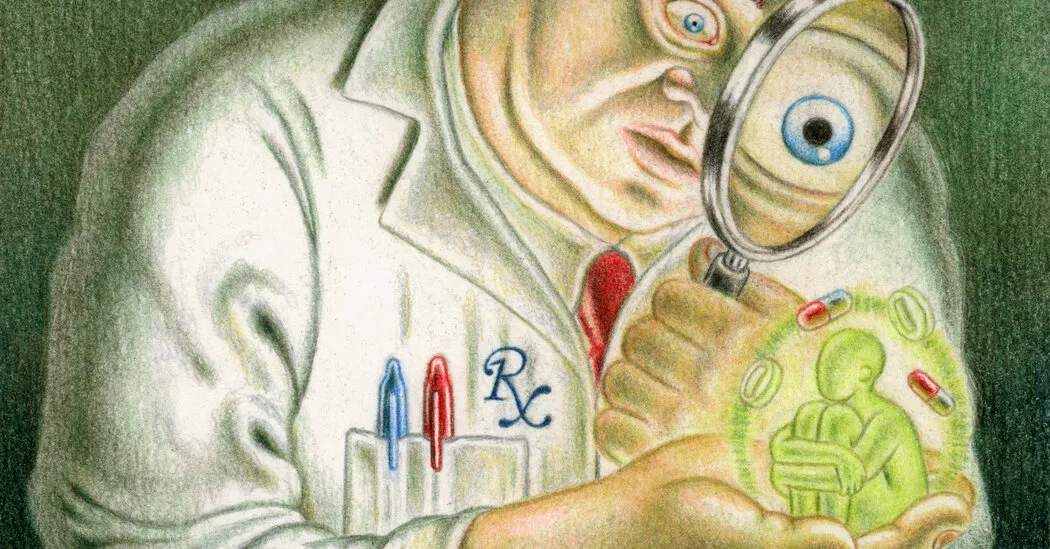Pharmaceuticals and Prescription Drugs: Combatting the Opioid Crisis with Harm Reduction Strategies

Pharmaceuticals and Prescription Drugs in the Fight Against Opioid Addiction
In today's healthcare landscape, pharmaceuticals and prescription drugs play a critical role in pain management and have been significantly implicated in the ongoing opioid crisis. With increasing rates of drug abuse and addiction related to opioids and opiates, it is imperative that pharmacists evolve from mere dispensers of medication to active participants in public health initiatives.
Harm Reduction Strategies
One effective strategy is enhancing accessibility to naloxone, a lifesaving medication that reverses overdose effects. Pharmacies that provide naloxone can play a pivotal role in preventing fatalities associated with opioid overdose. Furthermore, offering sterile syringes not only curbs the spread of infectious diseases but also fosters safer practices among drug users.
The Evolving Role of Pharmacists
As the landscape changes, pharmacists are now seen as integral players in public health. By adopting harm reduction practices, they assist in tackling the dual challenges of pain management and the opioid addiction epidemic.
This article was prepared using information from open sources in accordance with the principles of Ethical Policy. The editorial team is not responsible for absolute accuracy, as it relies on data from the sources referenced.